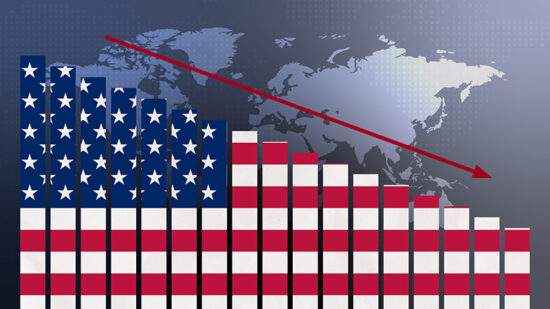Likewise, one of the investing maxims by which many value investors live, as espoused by Warren Buffett is to be fearful when others are greedy and greedy when others are fearful. The problem is, in the current market, it would appear that both fear and greed seem to be holding sway in equal measure.
As Joshua Mahony, market analyst at IG pointed out on Monday, while markets were in an optimistic mood as the week started, indecision remains an issue.
And, while it is hoped that the start of the next earnings season will provide some direction again, it was interesting to note that both risk assets and traditional save havens outperformed on the day, while the dollar was hit.
This mixed bag, he said, indicates “the lack of a single running theme which has been highlighted by the lack of direction across many markets in recent weeks”.
Further underlining this is the fact that, while markets feel optimistic, expectations are for one of the worst earnings seasons in years – a 9% drop in earnings per share is predicted to bring the fifth consecutive quarterly decline in EPS, he says.
And, it is not just Mahony who has noticed this trend. In its latest monthly investment commentary, the managers of the Ruffer Investment Company point to the bi-polar nature of a market that continues to rise despite financial conditions that cannot be described as healthy.
According to Ruffer managers Hamish Baillie and Steve Russell, The “manic depressive” nature of financial markets is symbolic of two features.
The first of these is that there is still a high number of crowded positions, which coupled with lower liquidity, “have the capacity to boost volatility and magnify movements when investors wish to change direction”.
The second feature identified is that the global economic system is approaching something of a tipping point.
For Baillie and Russell there are one of two outcomes possible from here: some form of monetary policy normalisation where central banks are finally able to nudge interest rates away from emergency levels as economic growth returns or, the much scarier proposition, the failure of monetary policy.








